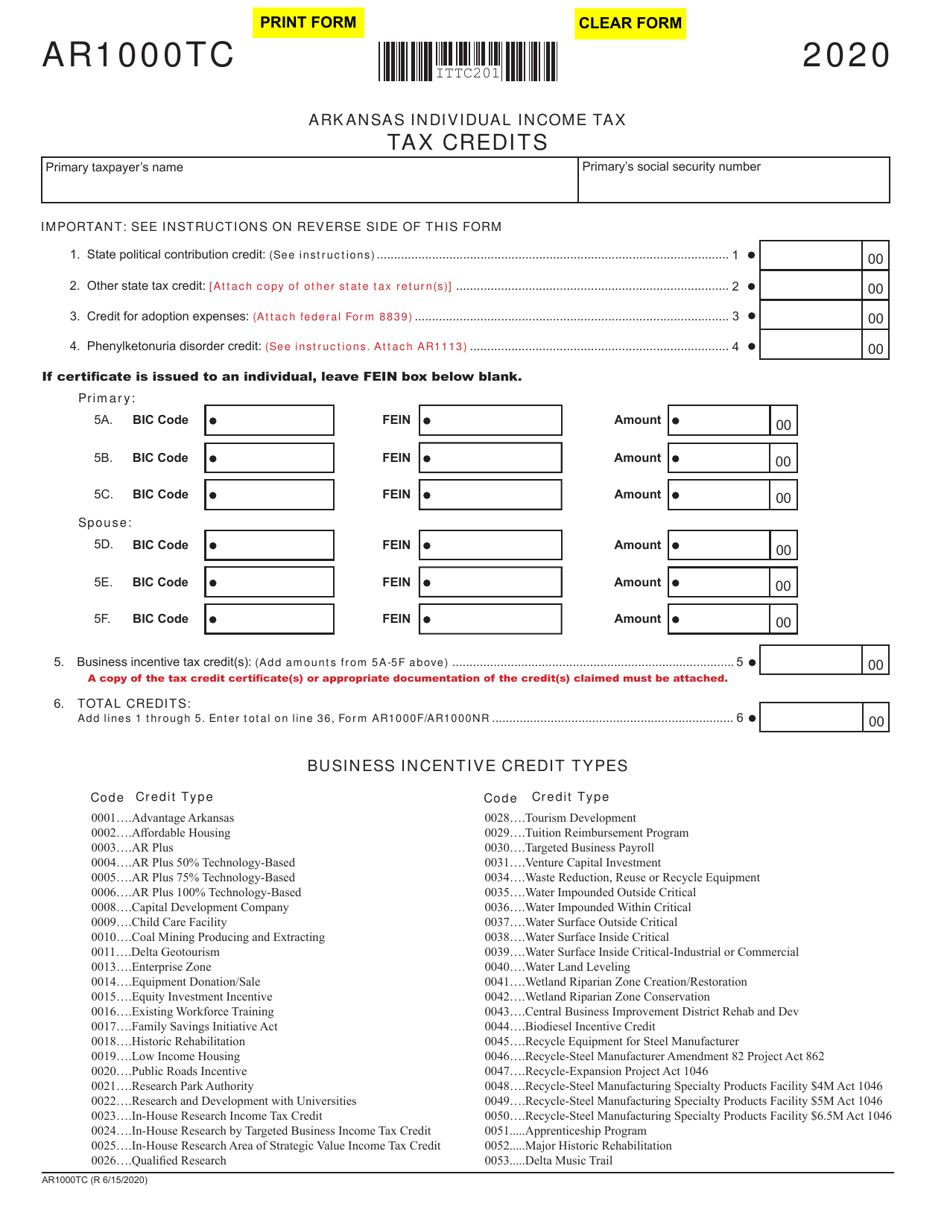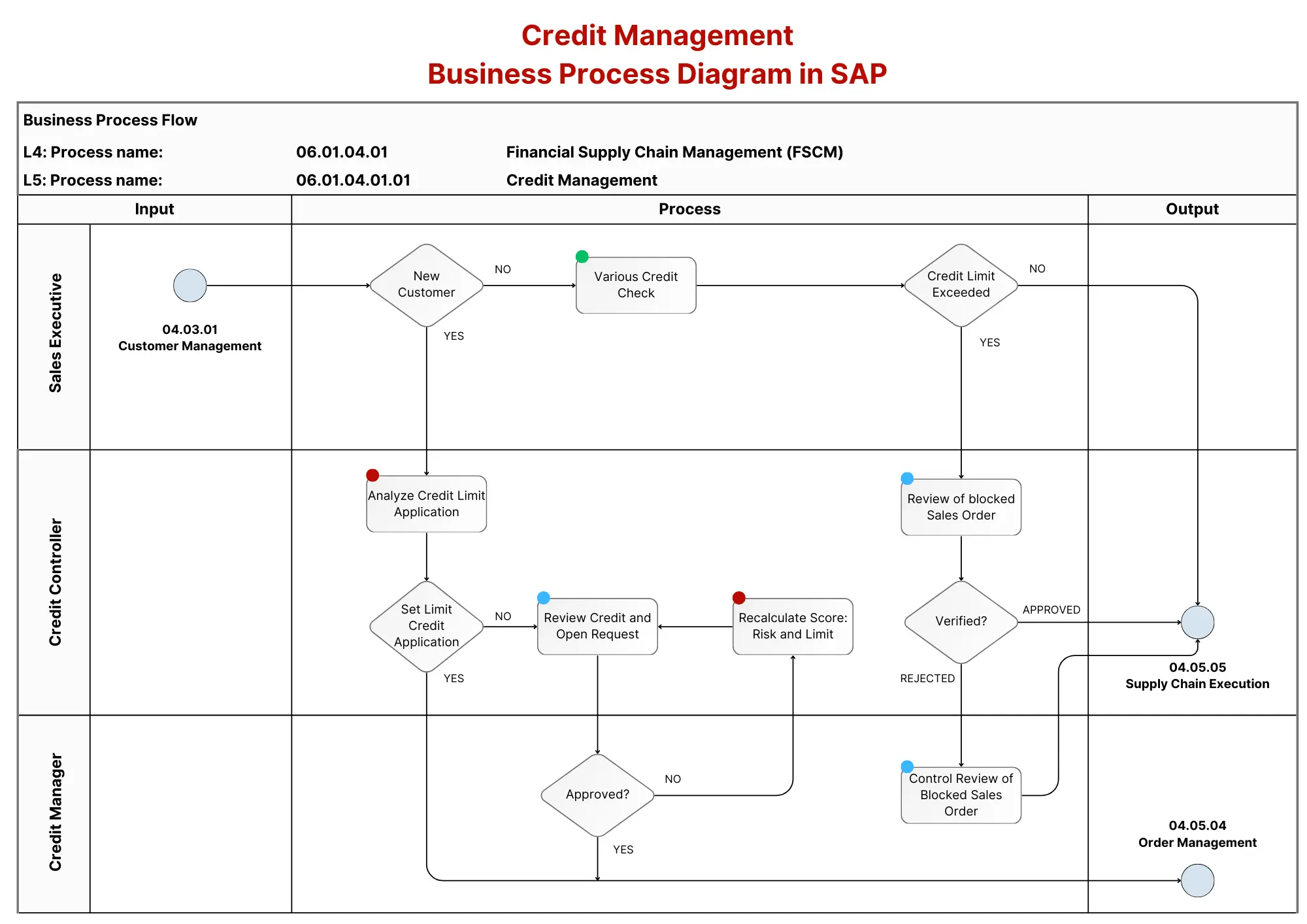
The Invisible Hand of the Climate Market: Navigating the Promise and Peril of Air Credits
In the global race to decelerate climate change and clean our increasingly polluted atmosphere, a complex, market-based mechanism has emerged as both a beacon of hope and a lightning rod for controversy: air credits, more commonly known as carbon credits or carbon offsets. These intangible instruments, each representing the reduction or removal of one tonne of carbon dioxide equivalent (CO2e) from the atmosphere, promise a pathway for corporations and individuals to offset their environmental footprint. Yet, their efficacy, integrity, and ethical implications are fiercely debated, painting a picture of a climate solution as intricate and volatile as the very climate it seeks to protect.
The concept is deceptively simple: for every unit of greenhouse gas (GHG) a company or project prevents from entering the atmosphere, or removes from it, a credit is generated. These credits can then be bought by entities seeking to neutralize their own unavoidable emissions, often as part of corporate social responsibility initiatives, or to comply with regulatory mandates. From reforestation projects in the Amazon to renewable energy installations in India, and from methane capture at landfills to industrial efficiency upgrades, the array of projects generating these credits is vast and varied. The underlying philosophy is that it doesn’t matter where a tonne of CO2e is reduced; the atmospheric benefit is global.
The Genesis of a Market: From Kyoto to Voluntary Action

The formalization of carbon credits can be traced back to the Kyoto Protocol in 1997, which introduced mechanisms like the Clean Development Mechanism (CDM) and Joint Implementation (JI). These compliance markets allowed developed countries to invest in emission-reduction projects in developing nations or other developed countries, respectively, to meet their emissions targets. The idea was to achieve the most cost-effective reductions globally.
However, the market for air credits truly diversified with the rise of the voluntary carbon market. Driven by growing public awareness, corporate sustainability pledges, and investor pressure, companies began voluntarily purchasing credits to meet internal environmental goals, often aiming for "carbon neutrality." This voluntary market, valued at over $2 billion in 2021 and projected to grow significantly, operates alongside, and often influences, the compliance markets.
At the heart of this system are specialized registries and standards bodies like Verra (which manages the Verified Carbon Standard, VCS) and the Gold Standard. These organizations develop rigorous methodologies, verify projects, and issue credits, aiming to ensure transparency, credibility, and environmental integrity. They scrutinize projects for "additionality" – ensuring the emission reductions would not have happened without the financial incentive provided by carbon credit sales – and "permanence," guaranteeing the reductions are long-lasting.
The Promise: A Catalyst for Climate Action and Sustainable Development
Proponents of air credits highlight their potential as a powerful financial mechanism to channel private capital towards climate solutions. "Carbon credits are not a silver bullet, but they are a crucial arrow in our quiver," argues Dr. Sarah Jenkins, an environmental economist specializing in market mechanisms. "They provide a scalable way to fund projects that often lack conventional financing, especially in developing economies where climate action is most needed and often most impactful."
Indeed, the revenue generated from selling credits can be transformative. It can incentivize the protection of vital ecosystems like rainforests, which act as massive carbon sinks and biodiversity hotspots. Projects like REDD+ (Reducing Emissions from Deforestation and Forest Degradation) directly benefit from carbon finance, providing local communities with economic alternatives to logging or land conversion. Renewable energy projects, particularly in regions with nascent green energy infrastructure, can accelerate their deployment thanks to carbon credit revenues. Methane capture projects, often overlooked, can turn a potent greenhouse gas into a source of energy, simultaneously reducing emissions and creating economic value.
Beyond direct emission reductions, many air credit projects deliver co-benefits. Reforestation efforts can restore biodiversity, improve soil health, and regulate local water cycles. Community-based projects often empower local populations, create jobs, and foster sustainable livelihoods. For instance, a project distributing efficient cookstoves in rural Africa not only reduces carbon emissions from traditional biomass burning but also improves indoor air quality, leading to better health outcomes, and saves women time previously spent gathering firewood. These holistic benefits underscore the potential for air credits to drive sustainable development alongside climate mitigation.
The Peril: Navigating a Minefield of Criticism

Despite their promise, air credits are dogged by persistent and often trenchant criticism. The very concept of "offsetting" is viewed by some as a moral hazard, allowing polluters to buy their way out of responsibility rather than fundamentally reducing their own emissions. Critics contend it’s a form of "greenwashing," where companies project an eco-friendly image without undertaking the deep, systemic changes required to decarbonize their operations.
Perhaps the most significant challenge lies in ensuring the genuine environmental integrity of the credits. The "additionality" criterion is notoriously difficult to prove. How can one definitively say a forest would have been cut down without carbon finance, or that a renewable energy plant wouldn’t have been built anyway due to falling technology costs? If a project would have proceeded regardless, the purchased credit represents no additional emission reduction, rendering it environmentally worthless.
"Many carbon credits are, frankly, modern-day indulgences," states Greta Thunberg, a prominent climate activist. "They give the illusion of action without demanding real change from those who pollute the most." This sentiment resonates with a growing number of environmental groups who argue that the focus should always be on absolute emissions reductions at the source.
Other criticisms include:
- Permanence: Especially with nature-based solutions, there’s a risk that stored carbon could be re-released. A forest planted today could be destroyed by fire, disease, or illegal logging decades later, nullifying the offset.
- Leakage: A project protecting a forest in one area might inadvertently push deforestation activities to an adjacent, unprotected area, leading to no net climate benefit.
- Measurement and Verification: Accurately quantifying emission reductions or removals, especially over long periods and in complex ecosystems, can be challenging and prone to error. Recent investigations have questioned the actual impact of some large-scale forestry projects.
- Social Justice and Indigenous Rights: Some projects, particularly large-scale land-based initiatives, have been accused of displacing indigenous communities, restricting their traditional land use, or failing to adequately share benefits. This raises critical ethical questions about who truly benefits from the carbon market.
- Double Counting: The risk that the same emission reduction is claimed by multiple parties, or counted towards both a country’s national climate targets and a company’s voluntary offset.
Evolving Landscape and the Path Forward
The air credit market is not static; it is a dynamic, evolving landscape shaped by scientific advancements, technological innovation, and heightened scrutiny. The criticisms, while uncomfortable, have spurred significant efforts to improve integrity and transparency.
Standards bodies are continually refining their methodologies, introducing more robust monitoring, reporting, and verification (MRV) protocols. Technological solutions, such as satellite imagery, AI-driven data analysis, and blockchain for immutable record-keeping, are being explored to enhance the accuracy and trustworthiness of credit generation.
Furthermore, there’s a growing emphasis on "high-quality" credits that demonstrably deliver on additionality, permanence, and co-benefits. The concept of "contribution claims" is also emerging, where companies explicitly state they are contributing to climate action rather than claiming full offset neutrality, encouraging them to prioritize internal emission reductions first.
The Paris Agreement’s Article 6, which outlines rules for international cooperation on carbon markets, is slowly coming into effect, aiming to establish a global framework that prevents double counting and ensures environmental integrity across national borders. This represents a significant step towards a more harmonized and trustworthy global carbon market.
Conclusion: A Tool Requiring Vigilance
Air credits, in their various forms, stand at a critical juncture. They represent a powerful economic instrument with the potential to unlock vital funding for climate mitigation and adaptation projects globally, particularly in areas where such investment is desperately needed. They can drive innovation, protect precious ecosystems, and foster sustainable development.
However, their promise remains inextricably linked to their peril. Without rigorous standards, uncompromising verification, transparent reporting, and a commitment to social equity, they risk becoming a sophisticated form of greenwashing, diverting attention and resources from the fundamental imperative to drastically reduce global emissions.
The future of air credits is not about their abolition, but about their conscientious refinement. It demands continuous vigilance from buyers, sellers, regulators, and the public alike. As the world grapples with the accelerating impacts of climate change, the invisible hand of the climate market, if guided by integrity and purpose, might yet play a crucial role in steering us towards a cleaner, more sustainable future. But it is a hand that requires constant observation, for its power to do good is matched only by its potential to deceive.


